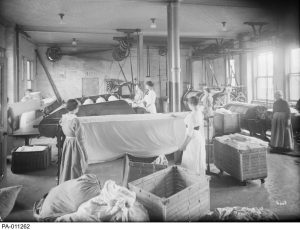Tubs, Suds and Washboards: Doing Laundry in Ottawa
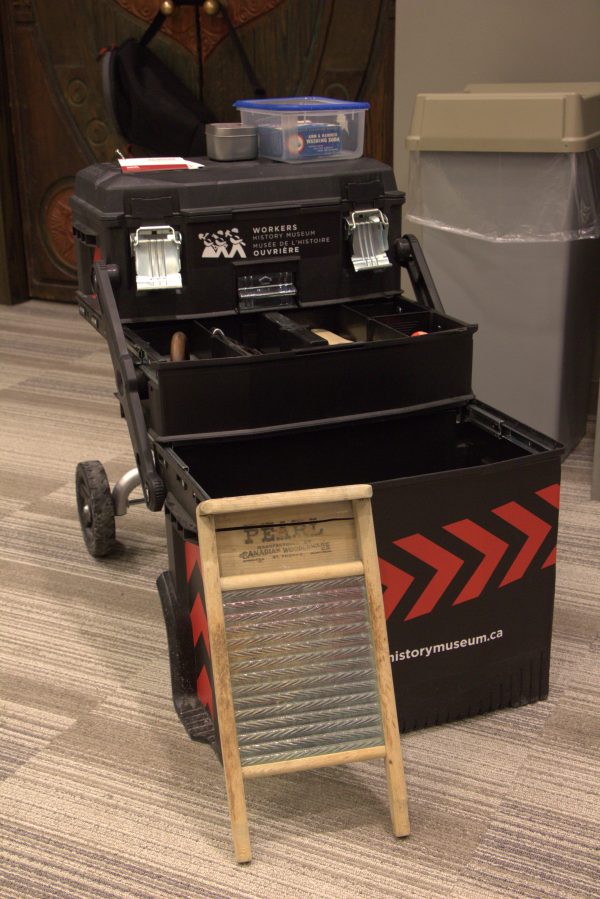
We all need to do laundry, defined as the washing of our clothing and bedding.
The chore of laundry has changed over time. While we now use machines to do the heavy work, throughout most of history this job is done by hand. Working people wash their own clothes, and are often paid to wash for the more affluent. While we see some cases of men doing laundry, women are often the main workforce for washing: laundering for their families, taking in the laundry of those who could pay, working in the homes of the rich, or working in industrial laundries.
Explore with us some of the tools, products and processes used for laundering in the Ottawa area. Some have changed over time, and others will be familiar – and others still have now made a comeback with the environmental movement.
Suggested use of the Laundry Exhibit Box is to encourage a guessing game with the objects. Each one is numbered, and corresponds to a page in this booklet that provides information.
1. DARNING MUSHROOM
When your socks wear thin around the heel or toe, a darning mushroom helps you repair the hole so you don’t need to throw them out – especially important when there isn’t a lot of money to go around. You put the darning mushroom inside; it makes sure your new stitches won’t be too tight and pinch your toes.
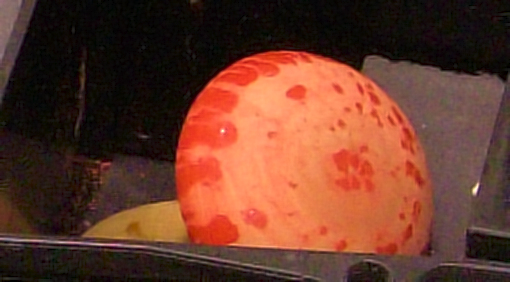
FACT:
2. CLOTHESPIN
If you are hanging your wet laundry outside, you’ll need clothespins to make sure nothing blows off the line. A common sight in working-class neighbourhoods of the past was the lines of laundry hanging out to dry. Bylaws in the 20TH century banned this feature in many new areas of Ottawa, but they’re making a comeback now thanks to the green movement.
FACT:
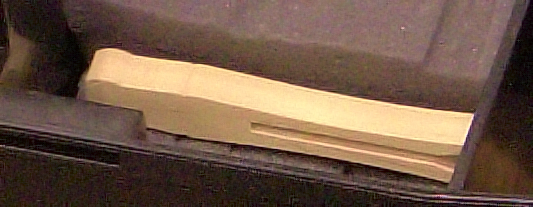
3. WASHBOARD
To get your dirty clothes really clean, you’ll need a washboard. Once your clothes are soaked, you scrub them along the surface of the board until they’re clean – but be careful of your fngers, it’s easy to get a nasty scrape! Boards can be made of wood, zinc, or glass. In the Ottawa area, the E.B. Eddy Company used to make washboards.
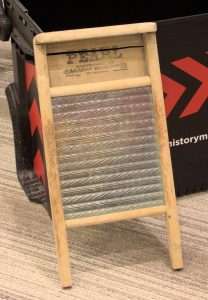
FACT:
4. SOCK STRETCHER
If you have woollen socks, they might shrink to a tiny size when they dry. To stop this from happening, wooden or wire devices can be inserted to keep them at their regular size during the drying process. Hence, sock stretchers! Similar devices existed for other items of clothing, including ties.
FACT:
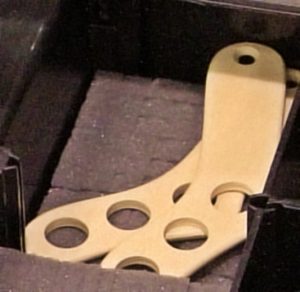
5. AGITATOR
As an alternative to a washboard, you could fill a washtub with soap and water, and use the agitator. The stirring motion will move the clothes and remove the dirt in your clothes. Your modern washing machine has something similar at the centre, but instead of elbow grease, it’s electricity doing the work.
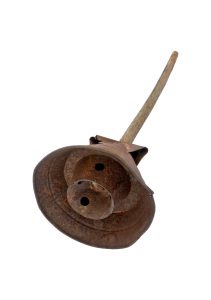
FACT:
6. IRON (AND HOLDER)
Ironing is its own process, and households of the past typically use several. The irons themselves heat on the top of your stove, and when you are ready to use one, you attach a wooden handle and begin pressing out the wrinkles. When the iron cools down, switch it out with a hot one on the stove and continue. But if you need to pause, don’t leave your iron on your work – it’ll scorch the fabric, or even burn a hole in the exact shape of your iron.
FACT:
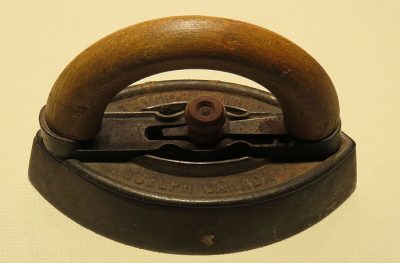
7. GLYCERINE SOAP
Over a hundred years ago, you might be making your own soap from lye and animal fat. Lye is a very strong alkaline solution that comes from ashes soaked in water. As the 19TH century progresses, soap becomes increasingly available for purchase. It comes in large blocks and you cut and then grate what you need before you begin washing.
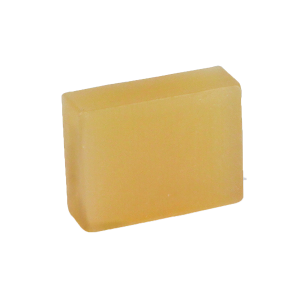
FACT:
8. WASHING SODA
If you are doing laundry in ancient times, you will likely use a form of washing soda or sodium carbonate, a close cousin of baking soda. Washing soda, also known as sal soda, becomes more popular with industrialization, and is a popular substitute for soap when the latter becomes scarce during the world wars. Today, washing soda is making a revival in the green movement as an alternate to harsher chemicals.
FACT:
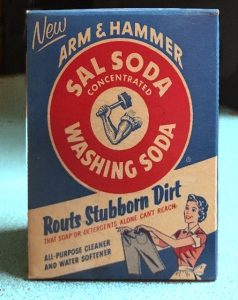
9. MIDDLE AGED WOMAN DOING LAUNDRY OUTSIDE
Laundry once took an entire day. Women do the laundry in open metal and wooden tubs. Hot water comes from a wood stove in the kitchen, and there is no designated laundry room. The work is often done in the backyard in warmer months, as this woman is doing in bare feet. Winter presents its own challenges of washing and hanging clothing in living spaces.
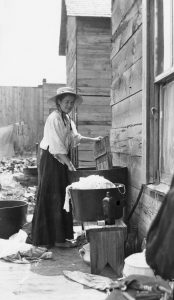
FACT:
10. LAUNDRY ROOM – HOME FOR FRIENDLESS WOMEN
Large-scale or industrialized laundries develop in response to the demand to have laundry done outside the house. Laundry work is often forced on poor women who have fallen on hard times. The Protestant Home for Friendless Women operates a commercial laundry that requires those in its care to work in it, with profts paying for the facilities.
FACT:
